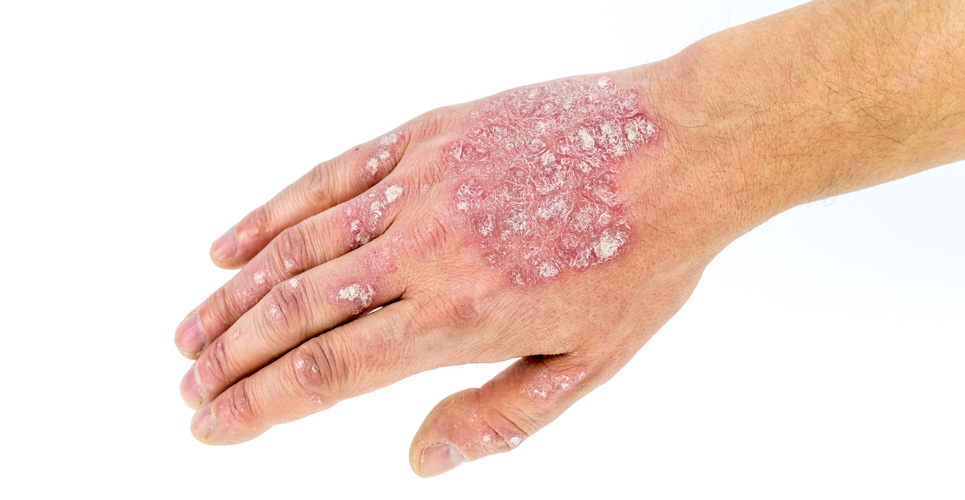teaser
In July I attended the British Association of Dermatologists Annual Meeting in Birmingham. Yet again, I reflected that dermatology and pharmacy have much to offer each other. As always, there were lots of fascinating titbits that will never find their way into formal reports and much serious stuff that should.

Presenting a historical poster about chrysarobin, I also had plenty of time to browse through other posters on display. The most useful thing I learnt was that Native Americans used to pluck their moustaches using two halves of a clam shell to make impromptu tweezers. Clams, of course, are legendary for closing up firmly so they are probably ideal for this, but I could not help but wonder whether sturdy mussel shells would do the same job. Obviously the shells would need to be big enough to get a good grip and strong enough to withstand the pressure of squeezing. Further research on the beach is clearly required. At any rate, now that you can no longer take tweezers in hand luggage on a plane this could be a useful tip for budget travellers.
Keen gardeners will be interested to know that ordinary English ivy contains a weak sensitizer (falcarinol) that can cause allergic contact dermatitis in some people. Plants in the daisy family, such as chrysanthemums and ragweed, can also cause allergic dermatitis due to their sesquiterpene lactone content. Apparently the prevalence of this allergy is much lower in East Asia and Japan, perhaps due to the population’s oral tolerance brought on by drinking chrysanthemum tea from an early age.
There was also news of some more worrying developments; the incidence of malignant melanoma continues to increase in the south west of the UK. According to 2005 figures, the rate of malignant melanoma diagnosis in Cornwall is about twice that of the overall UK rate. Elsewhere, a survey of sun protection policies in primary and secondary schools showed that we still have a long way to go in implementing the “Sun Smart” guidelines. Interestingly, secondary schools were worse than primary schools. “Pupils were encouraged to wear wide-brimmed or legionnaire-style hats when outside in 85% of primary schools but only 38% of secondary schools,” lamented authors. Legionnaire-style hats are like the ones the Japanese soldiers wear in World War II films. I have yet to see anyone over the age of six wearing one. What we need are role models
